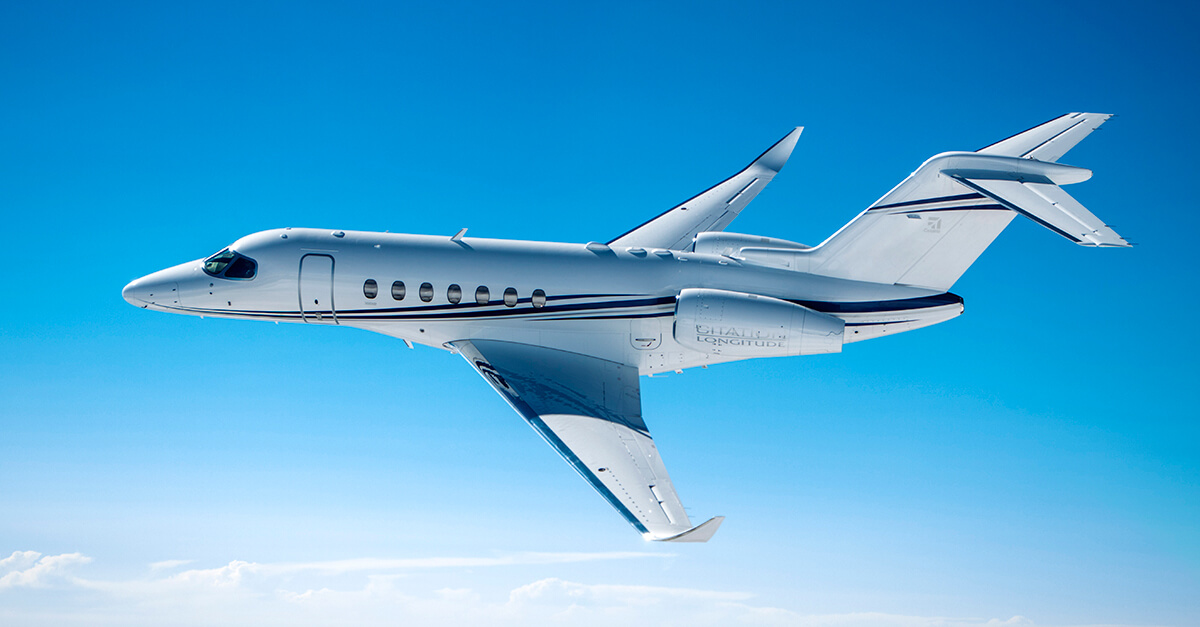NBAA-BACE: Tools to Maintain Privacy in the ADS-B Era

Oct. 19, 2022
Maintaining privacy in a data-driven, ADS-B-equipped era can be a challenge for business aircraft users. Preserving privacy isn’t just about hiding from paparazzi or avoiding fans, it’s about ensuring personal safety and corporate security.
The “Privacy in the ADS-B Era” education session at the 2022 NBAA Business Aviation Convention & Exhibition (NBAA-BACE) looked at tools available to limit aircraft tracking.
Session moderator Heidi Williams, NBAA’s senior director of air traffic services and infrastructure, provided a brief summary of the challenges in preserving privacy.
Tools for mitigating real-time tracking include:
- Using a trust or LLC for aircraft ownership
- Participating in the Limited Aircraft Display Data (LADD) program
- Using a third-party call sign
- Participating in the Privacy ICAO Aircraft Address (PIA) program
“It’s not a surprise this is such a big topic in our industry today,” said Doug Carr, NBAA’s senior vice president of safety, security, sustainability and international affairs, “This is about a four-decade ongoing challenge.”
The FAA began sharing live traffic information with the public in the 1980s and industry began to see vulnerabilities. By the late 1990s, the industry and FAA created the Block Aircraft Registration Request (BARR) program. By 2009, the ADS-B Out standard was published and the internet was more widely used. By the 2010s, the U.S. had great connectivity and a passionate user base, while operators in the airspace started to share more information about who they are.
“Aviation enthusiasts were starting to see they could fill in the gaps with their own technology to create air traffic networks independent of the FAA,” said Carr. “Now in 2022, we have robust, non-FAA networks publishing real-time information about air traffic.”
Jamal Wilson, an ADS-B expert at the FAA, explained how certified recipients receive FAA data and that the 2018 FAA Reauthorization Bill, which required the FAA to block owner information regarding aircraft registration, didn’t legislate enough protection. The FAA along with industry then came up with PIA program.
Jens Hennig, vice president of operations at the General Aviation Manufacturers Association, shared more about current efforts to protect real-time aircraft tracking data. “We can’t hide you forever,” Hennig said, explaining there are no silver bullets and ensuring privacy requires a number of steps that are essentially real-time measures, not permanent fixes.
Further, a key challenge is to set a global standard, not just a solution applicable to U.S. domestic operations. Recent International Civil Aviation Organization meetings focused on these security issues with many Gulf states bringing the discussion to the table.
Wilson suggested attendees use the email address adsbprivacyicao@faa.gov to quickly request a new PIA address if they feel their security is comprised and safety is at risk.
Any person who attends an NBAA convention, conference, seminar or other program grants permission to NBAA, its employees and agents (collectively "NBAA") to record his or her visual/audio images, including, but not limited to, photographs, digital images, voices, sound or video recordings, audio clips, or accompanying written descriptions, and, without notifying such person, to use his or her name and such images for any purpose of NBAA, including advertisements for NBAA and its programs.
Related Articles
February 20, 2024
Podcast: Enhancing Privacy for Business Aircraft Operators
February 6, 2024
FAA Expands Privacy ICAO Address Availability
October 20, 2022
NBAA TV: NBAA-BACE Flies Industry Into the Future
October 20, 2022


 International Business Aviation Council Ltd.
International Business Aviation Council Ltd.